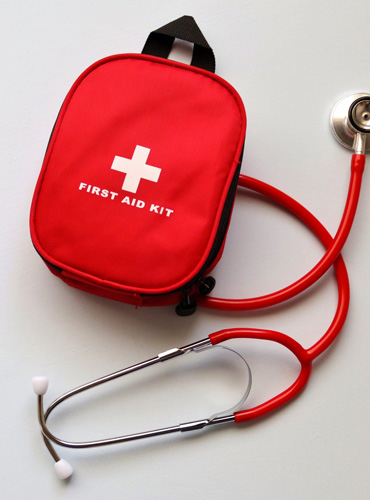Epilepsy —
A Guide for Teachers
This section is addressed to those who teach the 100,000 children and young people in the UK who have some form of epilepsy.
Because the vast majority will receive their education in mainstream schools, it is more than likely that every teacher will encounter epilepsy at some time in his or her career.
The parents will not always inform the school and, sometimes, the teacher may be the first person to realise that a child has epilepsy.
In any event, the importance of the role of the teacher in helping the young person and members of the class to accept the condition sensibly cannot be overstressed.







